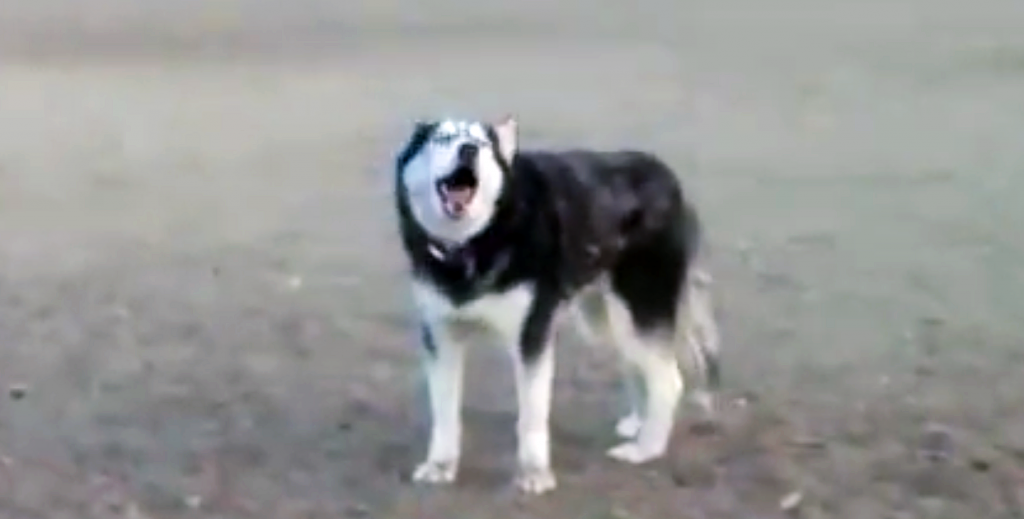

Less often vertigo may be associated with: The infection causes inflammation in the inner ear around nerves that are important for helping the body sense balance This is an inner ear problem usually related to infection (usually viral). It can cause episodes of vertigo along with ringing in the ears (tinnitus) and hearing loss. This is an inner ear disorder thought to be caused by a buildup of fluid and changing pressure in the ear. It helps you keep your balance.īPPV can occur for no known reason and may be associated with age. The inner ear sends signals to the brain about head and body movements relative to gravity. BPPV occurs when tiny calcium particles (canaliths) are dislodged from their normal location and collect in the inner ear. These initials stand for benign paroxysmal positional vertigo. Some of the most common causes include:īPPV. Your vet may also want to collect a sample of the fluid that bathes the brain and spinal cord (CSF) for further tests. You can refer to our Neuro-Diagnostic Tests Fact Sheet for more information about the different types of tests.Vertigo is often caused by an inner ear problem. CT and MRI scans of the brain are also useful for detection of brain disease. Other investigations such as X-rays, CT scans, or best of all MRI scans can help to detect disease located behind the eardrum such as a deep ear infection or a tumour. Many dogs with vestibular syndrome may have no typical signs of ear inflammation such as head shaking, scratching of the ear, inflamed ear canal or inflamed eardrum. The ear should be examined with a scope and a swab taken if an infection is suspected. Your vet will perform a neurological examination to determine if the problem is more likely to be within the ear or the brain (refer to our Neurological Examination Fact Sheet for more information). However, there are several other diseases that can cause similar symptoms so it is important to try to confirm the presence of a vestibular syndrome in dogs and cats and then to identify its cause in individual patients. Your vet may suspect that your pet has vestibular syndrome from your description of its symptoms. How will my vet know what is wrong with my pet? This is called idiopathic vestibular disease. Some animals (particularly aged dogs or cats) develop vestibular syndrome and yet no cause can be detected, despite extensive investigations.

Some antibiotic treatments can also cause vestibular syndrome in a small number of “sensitive” dogs. The brain can be affected by a tumour, inflammation or infection (encephalitis), stroke, head trauma, some vitamin deficiencies (thiamine deficiency) or a malformation of the brain such as a cyst. Vestibular syndrome in dogs and cats can be caused by a disease affecting any part of the system (sensors within the ear, the nerve connecting the ear and brain, or the control centre in the brain).Ĭonditions affecting the ear include deep ear infections (otitis), ear tumours or polyps, damage to the skull such as caused by a road traffic accident or a bad fall.ĭiseases affecting the vestibular nerve include nerve tumours, nerve inflammation (neuritis) or an under-active thyroid gland. Similarly, diseases affecting the balance centre in the brain can also affect other parts of the brain causing seizures, weakness, loss of vision, or difficulty eating and drinking.

This means that diseases affecting the vestibular system may also cause loss of hearing and a drooping of the muscles in the face (facial paralysis – for more information see our Facial Paralysis Fact Sheet). The balance sensors are close to the hearing sensors in the ear and the nerves controlling the movement of the eyelids, lips and ears. The balance centre is very close to the area of the brain that controls vomiting and so animals with disturbances to the vestibular system may also feel nauseous or be sick. What are the signs of vestibular syndrome in dogs and cats?Ĭommon signs of vestibular syndrome in dogs and cats include falling, head tilt (rotation of the head with one ear held lower than the other), flickering of the eyeball from side-to-side or up and down (nystagmus), general wobbliness (often with the animal drifting to one side as he moves around) and/or circling.

Patient Care Assistants and Technicians.


 0 kommentar(er)
0 kommentar(er)
